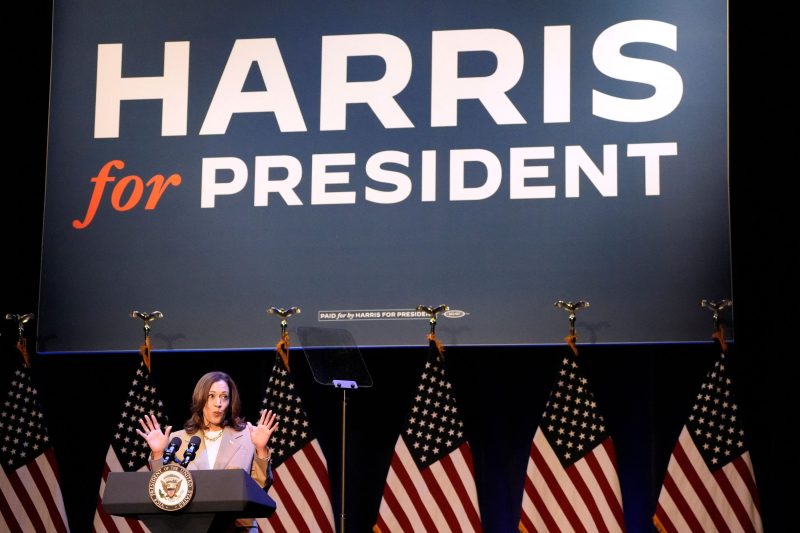In the latest showdown between Vice President Kamala Harris and former President Donald Trump, the political landscape for the White House has undergone a significant transformation. As they grapple with the challenges and opportunities presented by a new era of American politics, both candidates are forced to adapt their strategies to resonate with a changing electorate.
One key aspect of this transformed race is the shifting demographics of the United States. The country is becoming increasingly diverse, with a growing number of voters from different racial and ethnic backgrounds. Harris, as the first female, Black, and Asian American vice president, has tapped into her personal story to connect with these diverse communities. She has emphasized the importance of representation and has presented herself as a bridge to a more inclusive and equitable future.
On the other hand, Trump has relied on his base of loyal supporters, many of whom are white Americans from rural and suburban areas. He has doubled down on his nationalist rhetoric, appealing to those who feel left behind by the changing dynamics of American society. Despite his controversial past and divisive rhetoric, Trump continues to command a passionate following that cannot be ignored.
In terms of policy, Harris has focused on issues such as healthcare, climate change, and racial justice. She has outlined ambitious plans to address these pressing challenges, presenting herself as a pragmatic and progressive leader who is willing to tackle the tough issues head-on. Trump, on the other hand, has stayed true to his America-first agenda, prioritizing economic growth, national security, and law and order. His approach may lack nuance, but it resonates with a significant segment of the electorate that values strength and stability.
The role of social media and digital technology cannot be overlooked in this transformed race for the White House. Both candidates have leveraged these platforms to reach voters directly, bypassing traditional media channels and shaping their own narratives. Harris, with her strong online presence and engagement, has appealed to young voters and tech-savvy individuals who are looking for a fresh and modern approach to politics. Trump, with his mastery of Twitter and ability to dominate the news cycle, continues to wield considerable influence in the digital realm.
Overall, the race for the White House between Harris and Trump has been redefined by a changing electorate, evolving policy priorities, and the power of modern communication tools. As they grapple with these challenges and opportunities, both candidates must navigate a complex and dynamic political landscape to secure the support of a diverse and demanding electorate. The outcome of this race will not only shape the future of American politics but also reflect the values and aspirations of a nation in transition.




























